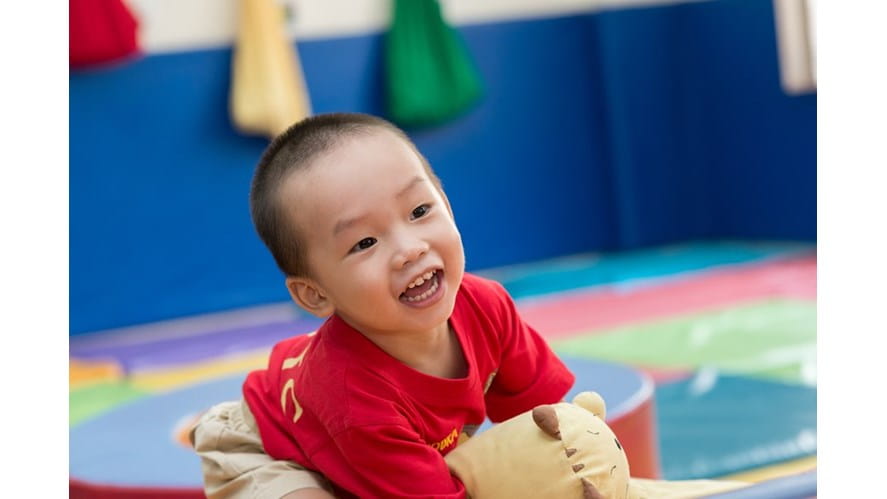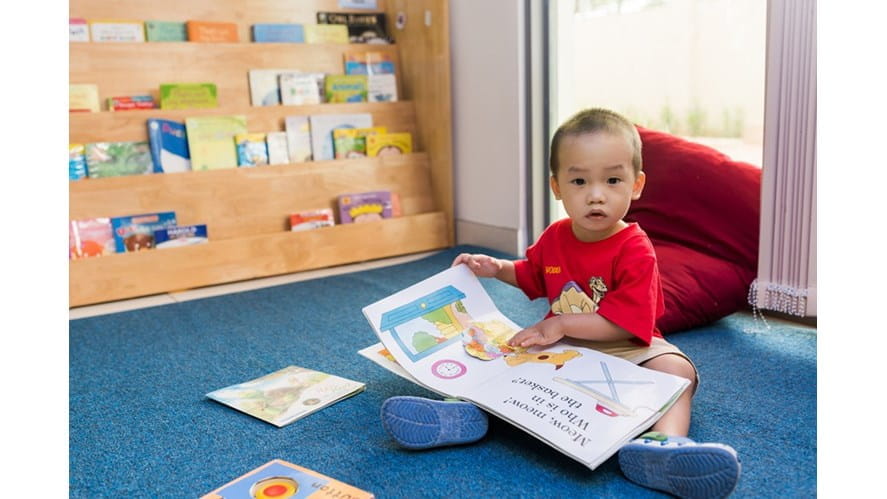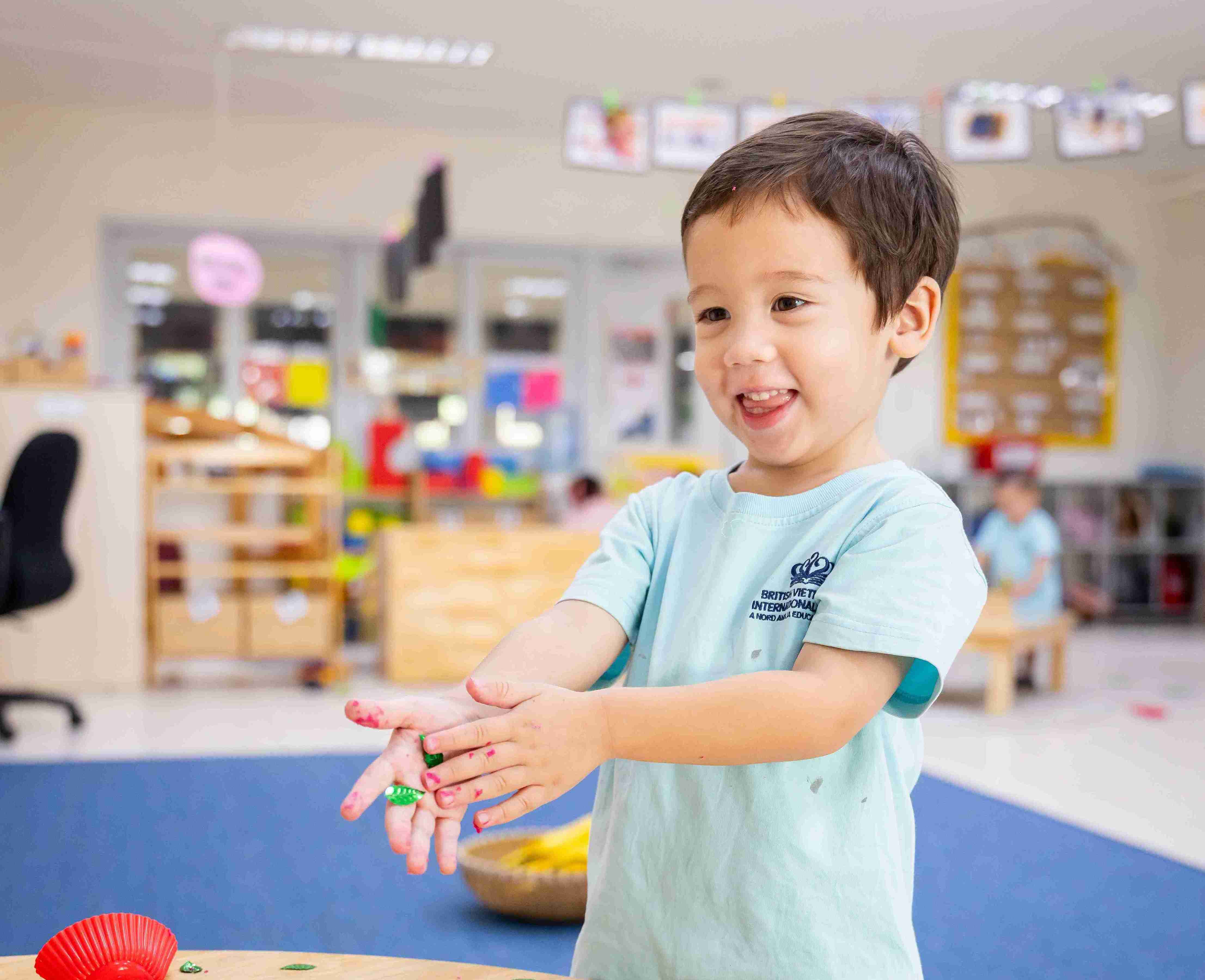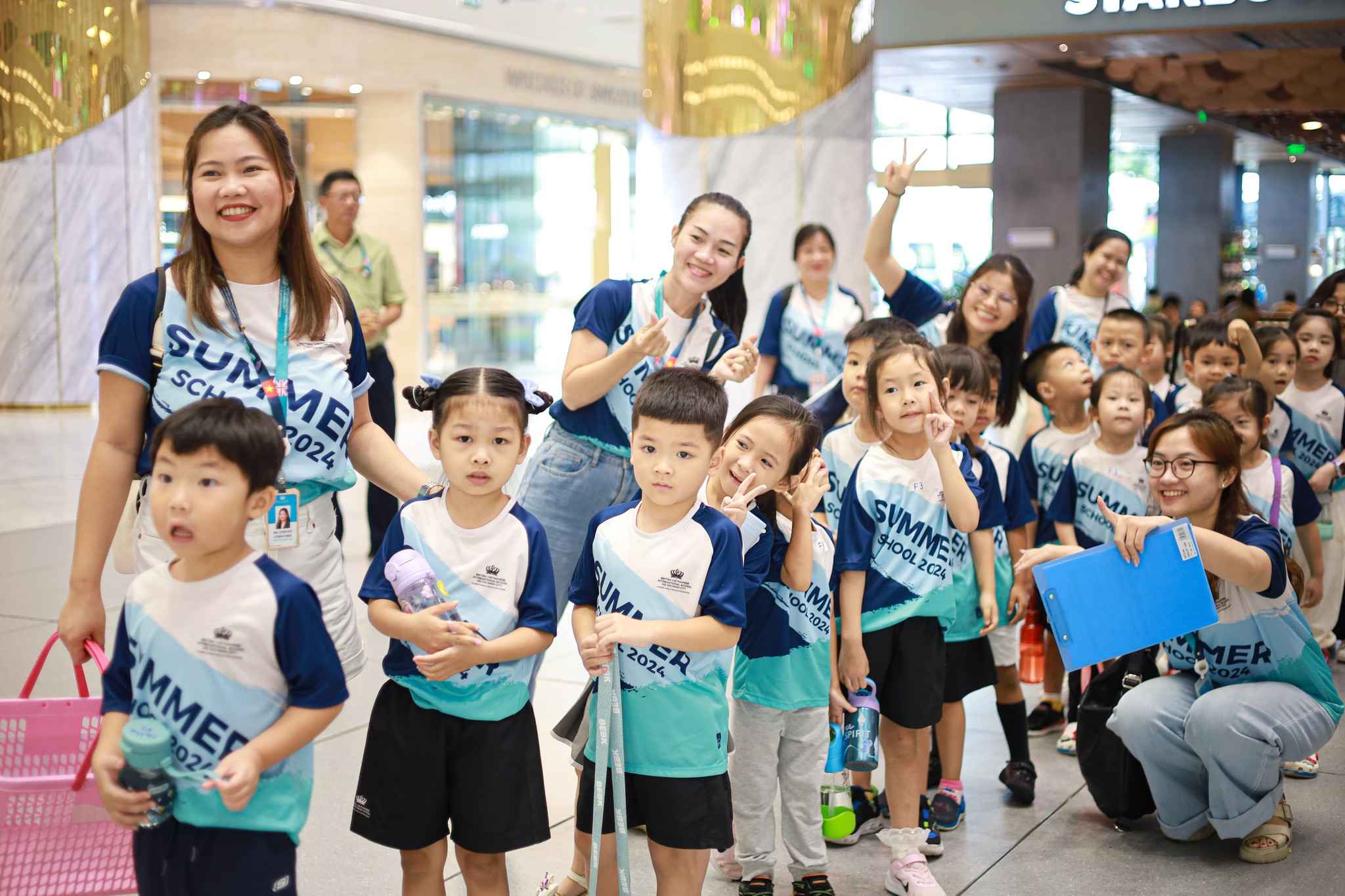Development of Babies and Toddlers - From One to Two years Your toddler’s sense of who they are is developing quickly. This can, however, bring with it displays of frustration, wanting to be more independent, and aware of themselves as different to other toddlers.
Your toddler’s sense of who they are is developing quickly. This can, however, bring with it displays of frustration, wanting to be more independent, and aware of themselves as different to other toddlers. Physically much more confident moving around, you can see how much his or her walking has improved. H/she can stack a pile of 4-6 blocks on top of each other and use a spoon in feeding. Your baby is making huge strides in learning. Notice how well h/she can concentrate now and how h/she draws on what h/e she already knows to solve problems. Your toddler is now putting two words together, like “me juice” and communicates all the time with you. By the end of the year most toddlers will have around 200 words in their vocabulary. Your baby continues to achieve important milestones during this year but it is important to remember that all children do so at their own pace. As a parent you have a very important part to play in supporting this development within a loving and caring relationship. The ideas below will help you to support your baby’s development.
Well-developed children of this age should display the following:
• Depending on an adult's presence for reassurance and needing a lot of adult attention
• Playing with an adult and enjoying repetitive games
• Showing interest in other children but mostly playing alone
• Imitating actions and games of others, for example, talking on a toy telephone
• Increasingly recognising similarities and differences in things, and being interested in sorting things into groups, for example, cars, blocks, animals
• Beginning to work out what things belong together, e.g. being able to identify Daddy's shoes, putting crayons with paper
• Developing their ability to match and fit, and being able to assemble simple puzzles, for example, shapes or familiar animals
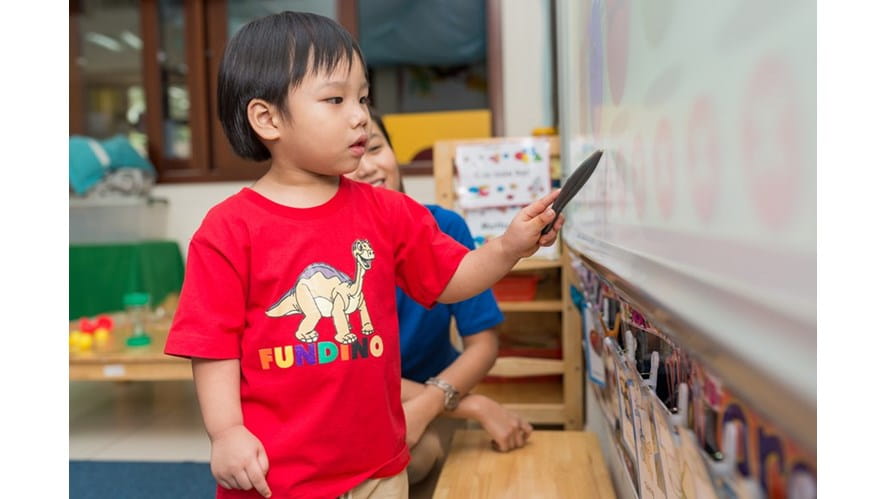
Parents can build a positive relationship and bond with their children by:
• Letting them play with simple puzzles, which you can borrow rather than buy because children of this age often lose interest once they can assemble the puzzle
• Letting children look at pictures, particularly if you name familiar objects and animals to them and allow them to turn the pages
• Playing question games where the child has lots of opportunities to say "No" – for example, "Is Daddy under the bed?"
• Allowing them to imitate different household activities, for example, answering the phone, playing with dolls, pretending to be washing up.
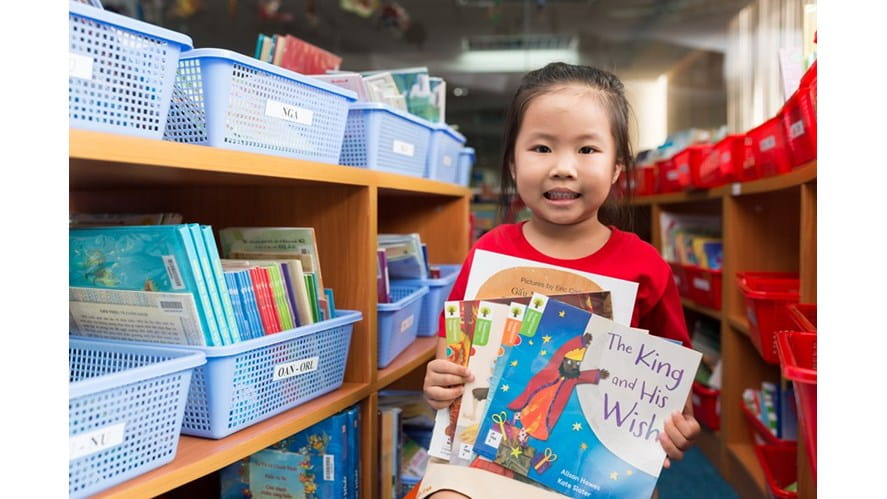
To create a positive, stimulating, and safe environment for your child:
• Protect the TV and other equipment, and give your children their own toys with knobs and buttons to press
• Prepare toys that link together, such as trains with carriages and stacking toys, hammer and peg sets, and filling and emptying containers for them to play
• Provide ‘group identity’ toys, such as animals, so your child can learn about difference and sameness
